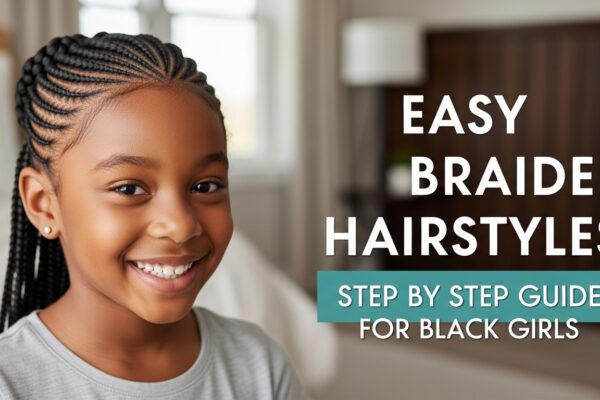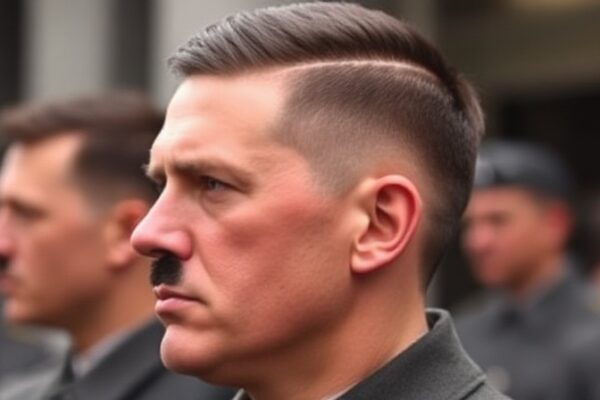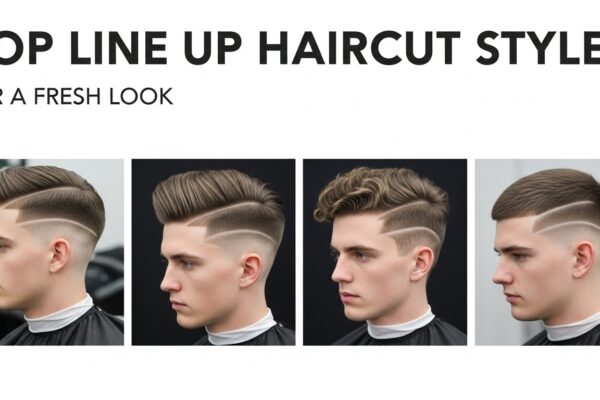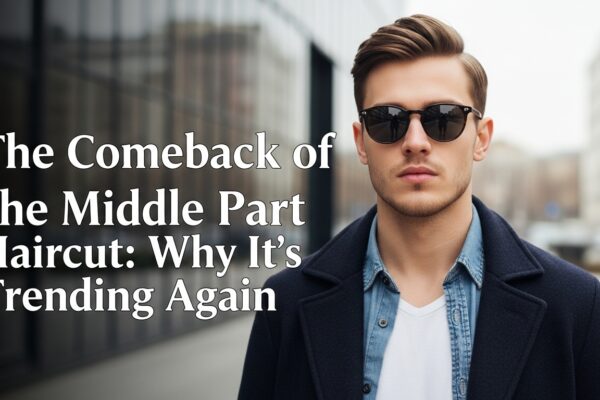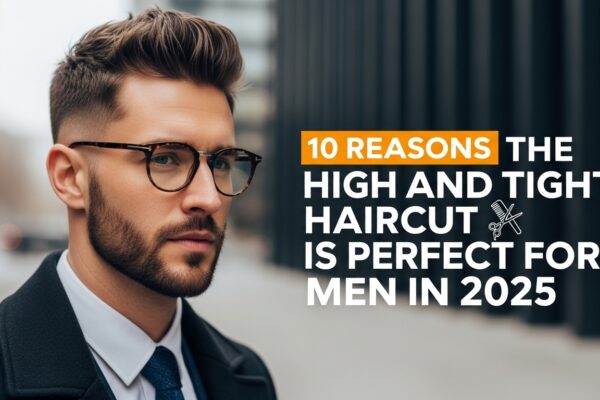The first time you decide to become a professional seems like jumping into this world where everything is under the microscope. How you talk, how you walk, even the tiniest of things. Yes, your hairstyles are not left out of the equation. Not always right, but it still happens – some hairstyles are considered unprofessional. There is still this thing that office and interview environments tag some hairstyles as “unprofessional hairstyles”. Quite often these are subtle, and sometimes they are very blunt. However, the issue of hair can influence the way people determinate the competence, the confidence level, or the leadership potential of a person.
Why Hair Still Matters in Professional Settings
Offices may be a different world today, but the perception of people is still the same and it takes more time for these to change. A neat haircut can be considered a sign of discipline. What if the style looks messy or like from a different era? People may associate it with negligence. It is not about disallowing creativity in the company. It’s all about whether the creativity reflects the company culture or not.

The Silent Bias Around Hairstyles
This isn’t part of the job description, but bias exists. Hairstyles are often judged before someone even speaks. In industries like banking, law, or corporate leadership, the clean-cut look remains dominant, making it harder to push boundaries. Still, in more flexible spaces, longer hair, fades, or textured cuts—even the brush up hairstyle—can be acceptable and stylish.

The Difference Between Style and Perception
Choosing a different hairstyle does not necessarily mean that a person is unprofessional. The main issue is with the perception of others.
For instance, in the case that a manager sees a person with messy curly hair or a half-done fade, the manager’s mind might go “Does he pay attention to detail?”. The truth may be that the perception is what usually decides the opportunities.
| Hairstyle Style | Common Perception in Corporate Settings |
|---|---|
| Buzz cut or fade | Disciplined, neat, leadership material |
| Long unstyled hair | Creative, casual, less structured |
| Messy curls | Carefree, maybe disorganized |
| Well-groomed medium cut | Balanced, adaptable |
When Hairstyles Impact Promotions
It is not only the matter of interviews. If the appearance is not in line with that of a leader, the career might get stuck at point of growth. The fact that you might be working twice as hard is not going to matter in meetings where the impression counts the most.
Managers who have a neat hairstyle are always associated with the term “put together.” A colleague who has a scruffy cut might be the one that gets overlooked for the same position.

Cultural Layer to the Conversation
Nevertheless, hairstyles are one of the aspects of culture that people identify with. Textured hair, braids, locs—they are not for sure unprofessional. However, the bias in some offices still lingers. The upside is that talks about inclusiveness have already begun to challenge the old views.
Yet, someone wrestling with career development often feels caught between authenticity and perception. Staying true to personal style while also meeting professional expectations is a delicate balance. For instance, a side-swept undercut may reflect individuality, but in stricter workplaces, it can still raise questions—proving that the struggle continues.

Should You Change Your Hairstyle for Work?
This is the hard part. Some people would say, “Stay true to yourself.” Others would advise, “Just play along until you become the boss.” Both arguments have some truth in them. What is really important is to know your industry, company culture, and where you want to be.
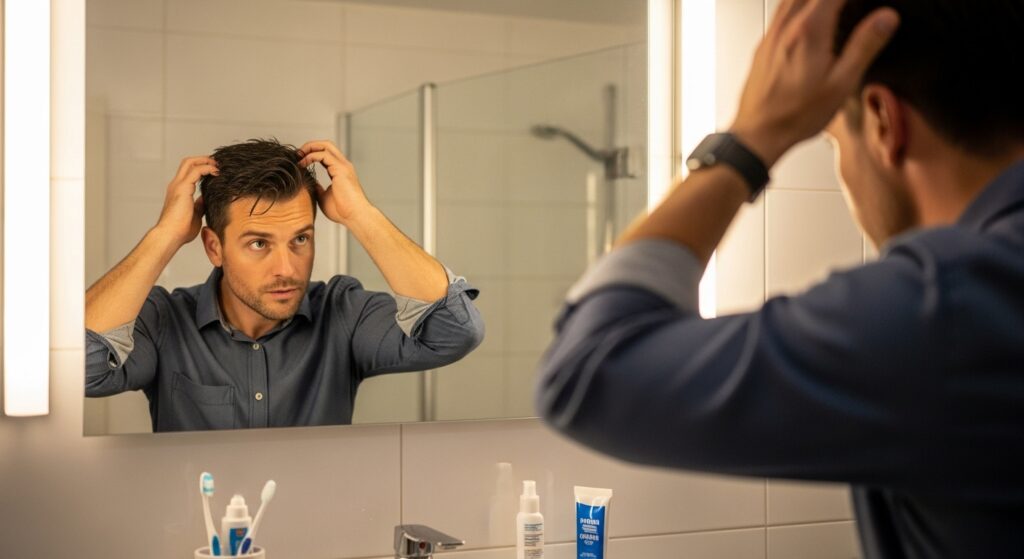
Final thoughts
This is not a universal truth that applies to every situation. Some may say that certain companies value the uniqueness of their employees more than others. In contrast, others expect their employees to blend in and not stand out in any way. Truth be told, hairstyles could matter less than they do now, but they still have an impact.
That responsibility is on you: whether you want to change your work style to fit the environment or challenge some unwritten rules. The world of work will reward you for your skills and hard work, but the way you present yourself visually often sets the tone before people even hear what you have to say.
FAQs
1. What are some examples of unprofessional hairstyles for men?
Usually, hairstyles that are messy, unkept, or do not match the dress code of the workplace are unprofessional. Some instances can be very long unwashed hair, greasy styled hair, or hair with various lengths.
2. Is natural hair that medium to be unwelcome in the office?
Natural hair is not unprofessional, but biases are still there in some parts. More places are making rules that include everyone, but the mood can still change.
3. Do hairstyles really have an impact on promotions?
Yes, but only in indirect ways. Along with leadership qualities, it is most likely you will be expected to maintain a refined look and style. Adopting a professional hairstyle is one of the ways that will let your credibility get stronger.
4. How do I figure out if my hairstyle fits the work environment?
Examine the company culture. Observe the hairstyles of the management and senior personnel. That’s typically a good standard.
5. Is it necessary for me to always change my hairstyle to be able to fit in?
Absolutely not. The key is to balance between being true to yourself and using strategy. In conservative industries, a neat hairstyle can be like a fast track to going up the ladder.

James Tony covers everything from classic cuts to trendy styles, helping readers choose the right haircut and maintain healthy, stylish hair. He’s known for his deep dives into hair textures and face shapes, making it easier for anyone to find the perfect look. James believes a good haircut is the first step to great confidence.


